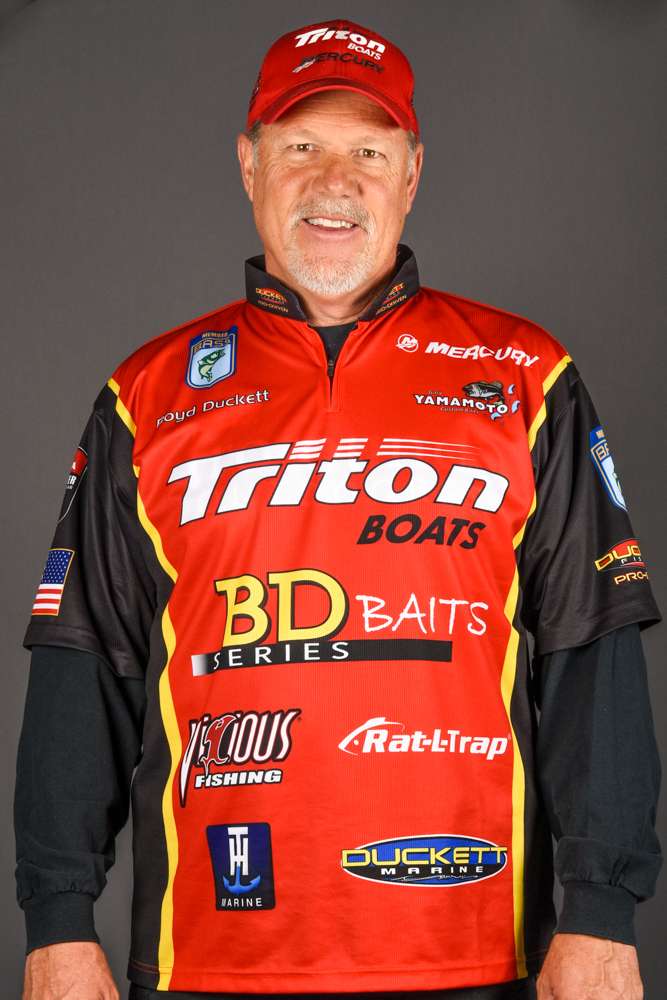
Baits, like other things in life, go through phases. At times one will be hot and all the rage. But then, without warning, it'll fall out of favor. That doesn't happen because it stopped catching bass. It happened because something else came along and grabbed all the advertising and publicity.
So it is — and has been — with the single-spin spinnerbait. At one time every angler in the country had a box full of them. Now, however, you've got to look long and hard to find even one. That's not the case in my boat, however. I still carry several and use them when conditions are right. And I assure you they do catch bass.
I start throwing them in the spring when bass are in their early prespawn mode. The water's cold, and the bass are just starting to feed. Most of the big females can be found around brushpiles, stumps, logs or laydowns.
A big Colorado blade on a short arm works best at this time of year because it offers a heavy thump and plenty of flash, especially on windy days. The bass can see and hear it from a long ways away. That makes chasing it down an easy task.
My preference for a short arm comes from the fact the fish at this time of year are lethargic and tend to short-strike. A short arm puts the blade higher on the bait which increases my hooking percentage.
I also like a single-spin, short-arm model later in the year after the bass have spawned and the water has warmed substantially. They'll often hit it as I yo-yo it up and down off the bottom.
My most effective retrieve at this time of year is to sweep the bait straight up, 2 or 3 feet off the bottom and then let it fall straight down with the blade whirling above it. At times this will drive postspawn bass wild. Watch your line carefully as you do this. Most of your bites will come on the fall. All you'll see is a slight twitch of the line as your bait drops.
Finally, if you're ledge or drop fishing and the bite is slow because the bass are becoming conditioned to your favorite deep-diving crankbait, lipless crankbait, jig or soft plastic bait, try allowing your spinnerbait to freefall down the drop on a slack line.
It'll helicopter down with a fair amount of vibration and lots of flash. Oftentimes that's just the ticket you need to provoke strikes from conditioned fish. Remember, this lure may be old-fashioned to you but it's new to them.
I choose size and color using a simple formula: I match the hatch whenever possible. When in doubt I go with a medium-size body and blade along with a shad finish. That's good almost anywhere in the country.
Give these techniques a try this spring. They'll help you catch a few more bass or maybe weigh in a heavy sack at your next club tournament. Just because the single-spin spinnerbait has fallen out of favor with anglers doesn't mean it's fallen out of favor with the bass.





